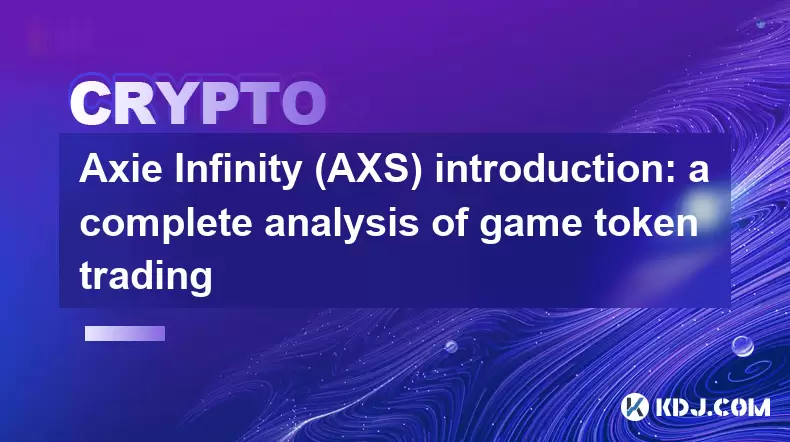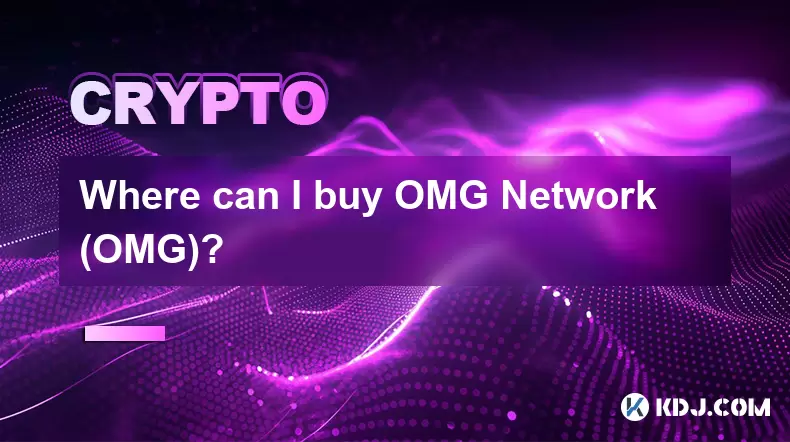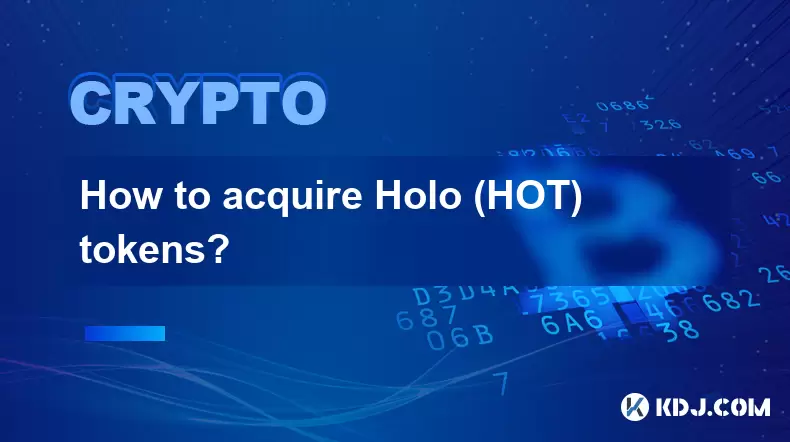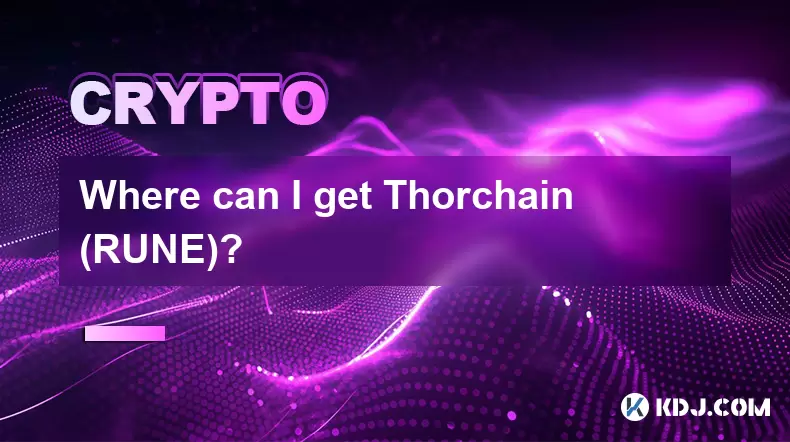-
 Bitcoin
Bitcoin $116700
0.24% -
 Ethereum
Ethereum $3973
4.34% -
 XRP
XRP $3.283
7.68% -
 Tether USDt
Tether USDt $1.000
0.01% -
 BNB
BNB $789.8
2.27% -
 Solana
Solana $176.2
3.31% -
 USDC
USDC $0.9999
0.00% -
 Dogecoin
Dogecoin $0.2238
5.14% -
 TRON
TRON $0.3389
-0.51% -
 Cardano
Cardano $0.7907
4.03% -
 Stellar
Stellar $0.4527
10.02% -
 Hyperliquid
Hyperliquid $41.07
4.27% -
 Sui
Sui $3.794
1.77% -
 Chainlink
Chainlink $19.49
10.40% -
 Bitcoin Cash
Bitcoin Cash $580.9
0.74% -
 Hedera
Hedera $0.2617
4.32% -
 Avalanche
Avalanche $23.41
3.67% -
 Ethena USDe
Ethena USDe $1.001
-0.03% -
 Litecoin
Litecoin $122.4
1.38% -
 Toncoin
Toncoin $3.364
1.49% -
 UNUS SED LEO
UNUS SED LEO $8.988
0.37% -
 Shiba Inu
Shiba Inu $0.00001295
2.82% -
 Uniswap
Uniswap $10.62
5.75% -
 Polkadot
Polkadot $3.922
4.46% -
 Dai
Dai $1.000
0.01% -
 Bitget Token
Bitget Token $4.494
2.15% -
 Monero
Monero $268.0
-1.30% -
 Cronos
Cronos $0.1523
3.68% -
 Pepe
Pepe $0.00001127
4.43% -
 Aave
Aave $285.4
4.85%
Axie Infinity (AXS) introduction: a complete analysis of game token trading
Axie Infinity's AXS token is crucial for governance, staking, and rewards, driving the game's economy and community engagement.
May 31, 2025 at 05:28 pm

Axie Infinity (AXS) has emerged as one of the most prominent projects in the world of blockchain gaming, combining elements of play-to-earn mechanics with a vibrant community and a robust ecosystem. This article will provide a comprehensive analysis of Axie Infinity's game token, AXS, and its trading dynamics, exploring its utility, market performance, and trading strategies.
Understanding Axie Infinity and AXS
Axie Infinity is a blockchain-based game built on the Ethereum network, where players can collect, breed, and battle creatures known as Axies. These digital pets are unique NFTs (Non-Fungible Tokens), each with distinct characteristics and abilities. The game's native token, AXS, plays a central role in the ecosystem, serving multiple functions that enhance the overall user experience and incentivize participation.
AXS is an ERC-20 token used for governance, staking, and as a reward mechanism within the Axie Infinity ecosystem. Players can earn AXS by participating in various in-game activities, such as battling other players, completing quests, and contributing to the game's development through community governance. The token's utility extends beyond the game, as it can be traded on various cryptocurrency exchanges, providing liquidity and investment opportunities.
The Role of AXS in Axie Infinity
Within the Axie Infinity ecosystem, AXS serves several critical roles that underpin the game's economy and governance structure. Firstly, AXS is used for governance, allowing token holders to vote on key decisions affecting the game's future, such as updates, new features, and community initiatives. This democratic approach empowers the community and aligns the interests of players with the project's long-term success.
Secondly, AXS is integral to the game's staking mechanism. Players can stake their AXS tokens to earn additional rewards, including a share of the platform's revenue and other benefits. Staking not only incentivizes long-term holding but also contributes to the network's security and stability by reducing the circulating supply of AXS.
Lastly, AXS serves as a reward token, distributed to players for their participation in the game. Whether through battling, breeding Axies, or engaging in community events, players can earn AXS, which they can then use within the ecosystem or trade on exchanges. This reward system creates a positive feedback loop, encouraging active participation and fostering a vibrant player base.
Market Performance and Trading Dynamics of AXS
The market performance of AXS has been closely tied to the overall success and popularity of Axie Infinity. As the game gained traction and attracted a growing number of players, the demand for AXS increased, driving its price upward. However, like any cryptocurrency, AXS is subject to market volatility, influenced by factors such as overall market sentiment, regulatory news, and developments within the Axie Infinity ecosystem.
Trading AXS involves understanding its liquidity, volume, and price movements across various exchanges. Major platforms like Binance, Coinbase, and Huobi list AXS, providing ample liquidity for traders. The token's trading pairs, such as AXS/USDT and AXS/BTC, allow traders to speculate on its price movements and engage in arbitrage opportunities across different exchanges.
To effectively trade AXS, traders should monitor key technical indicators, such as moving averages, Relative Strength Index (RSI), and volume trends. These indicators can provide insights into potential price reversals, momentum shifts, and market sentiment, helping traders make informed decisions.
Strategies for Trading AXS
When trading AXS, it's essential to adopt a well-thought-out strategy that aligns with your risk tolerance and investment goals. Here are some common strategies used by traders in the cryptocurrency market:
Day Trading: Day traders aim to capitalize on short-term price movements within a single trading day. They closely monitor the market, using technical analysis to identify entry and exit points. For AXS, day traders might focus on intraday volatility, leveraging small price fluctuations for profit.
Swing Trading: Swing traders seek to profit from medium-term price swings, holding positions for several days to weeks. They often use technical analysis to identify trends and potential reversal points. For AXS, swing traders might look for opportunities around significant news events or updates within the Axie Infinity ecosystem.
HODLing: Some investors choose to hold AXS for the long term, believing in the project's fundamentals and future potential. HODLers are less concerned with short-term price fluctuations and more focused on the token's long-term value proposition.
Staking and Yield Farming: Given AXS's role in the Axie Infinity ecosystem, investors can also consider staking their tokens or participating in yield farming opportunities. Staking AXS can provide additional rewards, while yield farming involves providing liquidity to decentralized exchanges and earning fees in return.
Risks and Considerations When Trading AXS
While trading AXS can be lucrative, it's crucial to be aware of the associated risks. Cryptocurrency markets are highly volatile, and AXS is no exception. Prices can fluctuate rapidly, leading to significant gains or losses. Traders should always use risk management techniques, such as setting stop-loss orders and only investing what they can afford to lose.
Regulatory changes can also impact AXS and the broader cryptocurrency market. Governments around the world are still grappling with how to regulate digital assets, and any new laws or restrictions could affect the token's value and trading dynamics.
Additionally, scams and security breaches are prevalent in the cryptocurrency space. Traders should ensure they use reputable exchanges and secure their wallets to protect their investments. Always conduct thorough research and due diligence before engaging in any trading activity.
Tools and Resources for Trading AXS
To successfully trade AXS, traders can leverage various tools and resources to enhance their decision-making process. Here are some essential tools:
Trading Platforms: Platforms like Binance, Coinbase, and Kraken offer user-friendly interfaces for trading AXS. These exchanges provide real-time market data, charting tools, and order types to help traders execute their strategies.
Technical Analysis Software: Tools like TradingView and MetaTrader offer advanced charting capabilities and technical indicators, allowing traders to analyze AXS's price movements in detail.
Cryptocurrency News and Analysis: Staying informed about the latest developments in the Axie Infinity ecosystem and the broader cryptocurrency market is crucial. Websites like CoinDesk, CoinTelegraph, and CryptoSlate provide up-to-date news and analysis that can influence AXS's price.
Community Forums and Social Media: Engaging with the Axie Infinity community on platforms like Reddit, Twitter, and Discord can provide valuable insights and real-time updates. Community sentiment often plays a significant role in cryptocurrency price movements.
Frequently Asked Questions
Q1: Can I use AXS to purchase Axies within the game?
A1: No, AXS is not used to purchase Axies directly within the game. Axies are bought and sold using the game's other token, SLP (Smooth Love Potion), or through direct NFT marketplace transactions. AXS is primarily used for governance, staking, and as a reward token within the Axie Infinity ecosystem.
Q2: How can I earn AXS through playing Axie Infinity?
A2: Players can earn AXS by participating in various in-game activities, such as battling other players in the Arena, completing daily quests, and contributing to community events. Additionally, players can earn AXS by staking their tokens and participating in the game's governance process.
Q3: Are there any minimum requirements for staking AXS?
A3: The minimum requirements for staking AXS can vary depending on the specific staking platform or mechanism used within the Axie Infinity ecosystem. Generally, there is no minimum amount required to stake AXS, but the rewards are typically proportional to the amount staked. It's essential to check the latest guidelines and requirements on the official Axie Infinity website or staking platforms.
Q4: How can I securely store my AXS tokens?
A4: To securely store AXS tokens, it's recommended to use a hardware wallet like Ledger or Trezor, which provides offline storage and high-level security. Software wallets like MetaMask and Trust Wallet are also viable options, but they may be more susceptible to online threats. Always ensure you follow best practices for securing your private keys and recovery phrases.
Disclaimer:info@kdj.com
The information provided is not trading advice. kdj.com does not assume any responsibility for any investments made based on the information provided in this article. Cryptocurrencies are highly volatile and it is highly recommended that you invest with caution after thorough research!
If you believe that the content used on this website infringes your copyright, please contact us immediately (info@kdj.com) and we will delete it promptly.
- Punisher Coin: The Altcoin Ready to Punish Your Portfolio with Gains?
- 2025-08-08 22:50:16
- Mutuum Finance, Bitcoin Whales, and Binance: Decoding the Crypto Currents
- 2025-08-08 22:30:11
- Bitcoin, Crypto Market, Volatility: Riding the Rollercoaster in NYC Style
- 2025-08-08 22:50:16
- HTX Copy Trading Extravaganza: Rewards and Opportunities for Traders
- 2025-08-08 23:30:12
- SPX6900 Pumps & TOKEN6900 Presale: Month Growth Mania!
- 2025-08-08 23:30:12
- Dogwifhat, Beanie, and $800,000: A Meme Worth Millions?
- 2025-08-08 23:35:12
Related knowledge

Where can I buy UMA (UMA)?
Aug 07,2025 at 06:42pm
Understanding UMA and Its Role in Decentralized FinanceUMA (Universal Market Access) is an Ethereum-based decentralized finance (DeFi) protocol design...

Where can I purchase Siacoin (SC)?
Aug 08,2025 at 11:14am
Understanding Siacoin (SC) and Its Role in the Sia NetworkSiacoin (SC) is the native cryptocurrency of the Sia decentralized cloud storage platform, a...

Where can I buy OMG Network (OMG)?
Aug 08,2025 at 12:57pm
Understanding OMG Network (OMG) and Its PurposeThe OMG Network, originally known as OmiseGO, is a layer-2 scaling solution built on the Ethereum block...

What exchanges support buying IOTA (MIOTA)?
Aug 07,2025 at 09:58pm
Understanding the Role of Private Keys in Cryptocurrency SecurityIn the world of cryptocurrency, private keys are the cornerstone of ownership and con...

How to acquire Holo (HOT) tokens?
Aug 08,2025 at 05:56am
Understanding Holo (HOT) and Its EcosystemHolo (HOT) is a cryptocurrency token associated with the Holo ecosystem, which is built on the Holochain fra...

Where can I get Thorchain (RUNE)?
Aug 08,2025 at 08:07am
Understanding the Role of Seed Phrases in Cryptocurrency WalletsA seed phrase, also known as a recovery phrase or mnemonic phrase, is a critical compo...

Where can I buy UMA (UMA)?
Aug 07,2025 at 06:42pm
Understanding UMA and Its Role in Decentralized FinanceUMA (Universal Market Access) is an Ethereum-based decentralized finance (DeFi) protocol design...

Where can I purchase Siacoin (SC)?
Aug 08,2025 at 11:14am
Understanding Siacoin (SC) and Its Role in the Sia NetworkSiacoin (SC) is the native cryptocurrency of the Sia decentralized cloud storage platform, a...

Where can I buy OMG Network (OMG)?
Aug 08,2025 at 12:57pm
Understanding OMG Network (OMG) and Its PurposeThe OMG Network, originally known as OmiseGO, is a layer-2 scaling solution built on the Ethereum block...

What exchanges support buying IOTA (MIOTA)?
Aug 07,2025 at 09:58pm
Understanding the Role of Private Keys in Cryptocurrency SecurityIn the world of cryptocurrency, private keys are the cornerstone of ownership and con...

How to acquire Holo (HOT) tokens?
Aug 08,2025 at 05:56am
Understanding Holo (HOT) and Its EcosystemHolo (HOT) is a cryptocurrency token associated with the Holo ecosystem, which is built on the Holochain fra...

Where can I get Thorchain (RUNE)?
Aug 08,2025 at 08:07am
Understanding the Role of Seed Phrases in Cryptocurrency WalletsA seed phrase, also known as a recovery phrase or mnemonic phrase, is a critical compo...
See all articles

























































































